Ten years after a new home for the Barnes Foundation, by Tod Williams Billie Tsien Architects, opened on the Benjamin Franklin Parkway in Philadelphia, another cultural attraction under the aegis of the Barnes is slated to be built across the street. This time the focus will be the great 20th-century American sculptor Alexander Calder, who was born in Pennsylvania in 1898, and the architects are Herzog & de Meuron, the Swiss firm that excels at creating compelling spaces for art. Among its U.S. museums are the Parrish on Long Island, the de Young in San Francisco, and the Perez Art Museum Miami—each one an entirely original response to site and program.
Phoning from Basel, Jacques Herzog said he took on the role of project architect in order to explore the possibilities posed by Calder’s work. He said there was no set program—other than devising a variety of ways for people to appreciate sculptures, stabiles, mobiles, paintings, and works on paper. "Nobody told us what to do," he says. For that reason, "it was more like an art project—not that the building is a work of art. But I had to go deeper into the project, bit by bit, to find out what the project was. That’s why I involved myself so closely."
The just-unveiled design Herzog arrived at, working with the renowned Dutch horticulturist Piet Oudolf, encompasses both indoor and outdoor spaces and will officially be known as the Calder Gardens. The indoor spaces include a double-height “apse gallery," lit softly from above, and a more horizontal "open plan gallery." The two-story, but largely underground, building will be sheathed in semi-reflective metal panels expected to blur the line between inside and out. Herzog said he made sure to avoid using colors or forms associated with Calder so as not to compete with the art, and for the same reason avoided trying to make "iconic architecture."
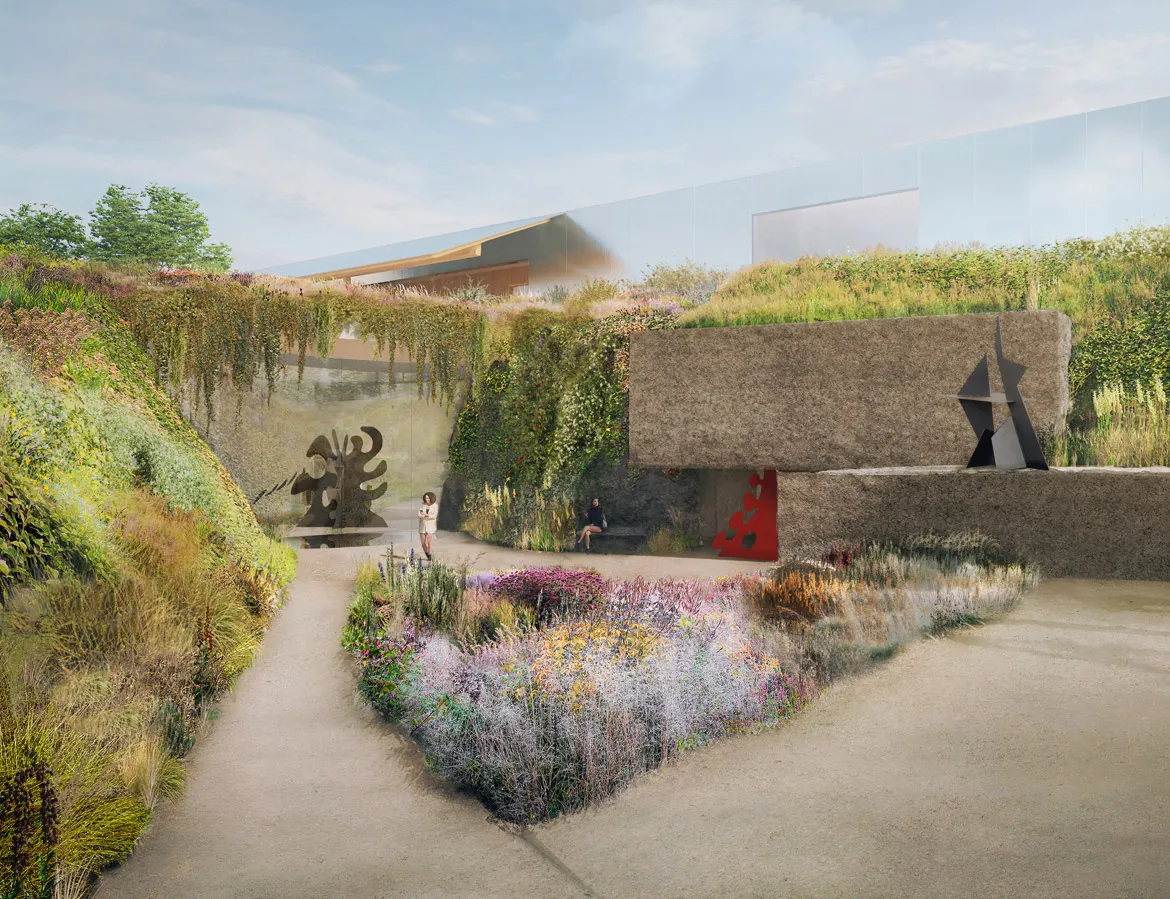
Rendering of the planned Vestige Garden. All artworks by Alexander Calder © 2022 Calder Foundation, New York / Artists Rights Society (ARS), New York. Image © Herzog & de Meuron
The impulse, Herzog said, was to “carve out the ground rather than build forms and volumes above.” Outdoor settings include a sunken garden, surrounded by curved, planted walls, and a rock garden, where the exuberance of nature and that of Calder’s work will meet. Visitors entering the site from the parkway will approach the building through a lushly planted meadow.
The Philadelphia location seems almost preordained, given the Calder family’s imprint on the city. Alexander Calder’s 1964 mobile The Ghost dominates the great hall of the Philadelphia Museum of Art at one end of the parkway. At the parkway’s midpoint is the exuberant Swann Memorial Fountain, by the sculptor’s father, Alexander Stirling Calder. And at the other end, hundreds of sculptures by the artist’s grandfather, Alexander Milne Calder, adorn Philadelphia City Hall, including the 37-foot-tall statue of William Penn that stands atop its tower.
The artist’s grandson, Alexander S.C. Rower, founder and president of the New York-based Calder Foundation, has long hoped to enlarge the artist’s footprint in Philadelphia. In the late 1990s, he began talks with the city and state about building a 35,000-square-foot Calder Museum on the same 1.8-acre site. Tadao Ando was chosen to design the building, which was to be largely underground. But negotiations ended in 2005, with Rower blaming the project’s failure on the deaths of two of its supporters. At the time, newspapers reported that the city government was unhappy with the list of works the foundation and Calder’s heirs planned to make available to the museum.
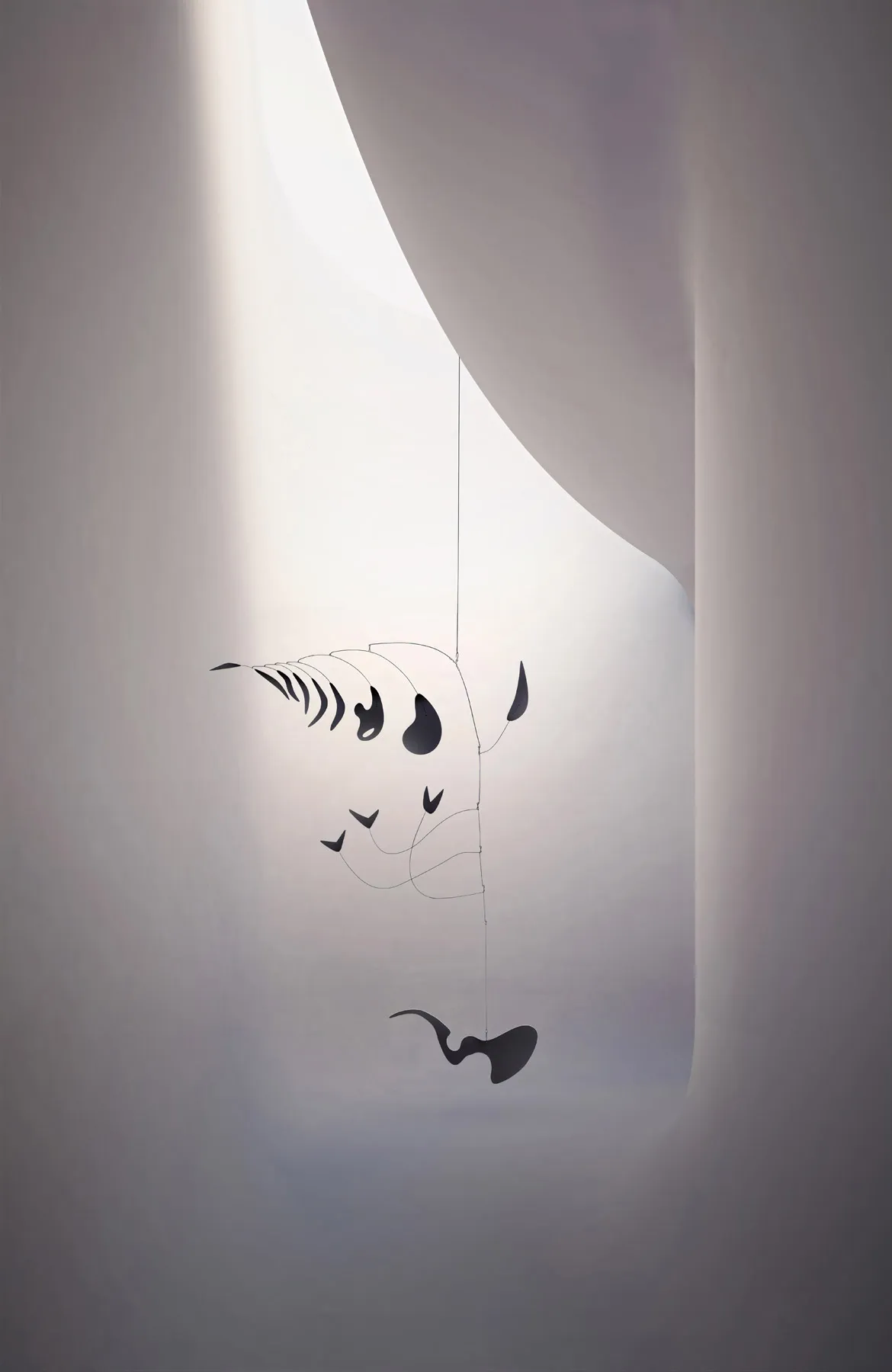
Calder Gardens, Apse Gallery. Image © Herzog & de Meuron
The Calder Gardens, with only 18,000 square feet of enclosed space, is less expansive than the earlier proposal—and has the support of the city, the state, and the Calder Foundation, which will loan pieces to the Calder Gardens on a rotating basis. Among the project’s most prominent backers is the philanthropist and retired corporate executive Joseph Neubauer. The Barnes Foundation, for which Neubauer serves as a trustee, will operate the facility.
Rower has supported past efforts to show his grandfather’s work in new ways. A 2013-14 exhibition at the Venus Over Manhattan gallery was lit so that the shadows of the pieces, rather than the pieces themselves, became the focus. Also in late 2013, the Los Angeles County Museum of Art debuted the Frank Gehry-designed Calder and Abstraction: From Avant-Garde to Iconic, which traced the role of French surrealist forms in the development of Calder’s quintessentially American vocabulary. And in 2015, the Dominique Levy Gallery presented small-scale works by Calder on pedestals designed by Santiago Calatrava, with mirrored disks allowing visitors to see beneath the objects.
The $70-million Calder Gardens is expected to open in late 2024.

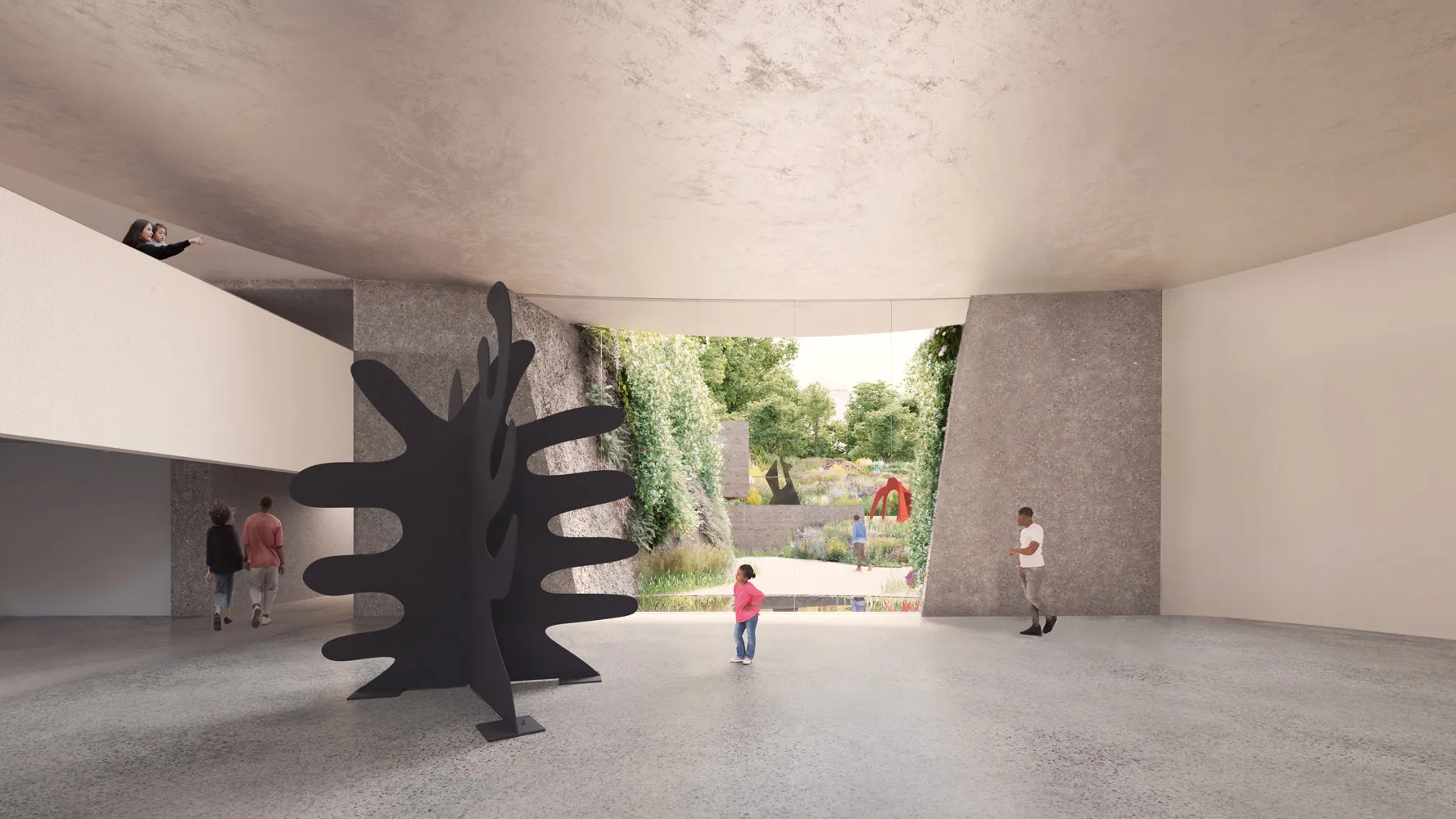
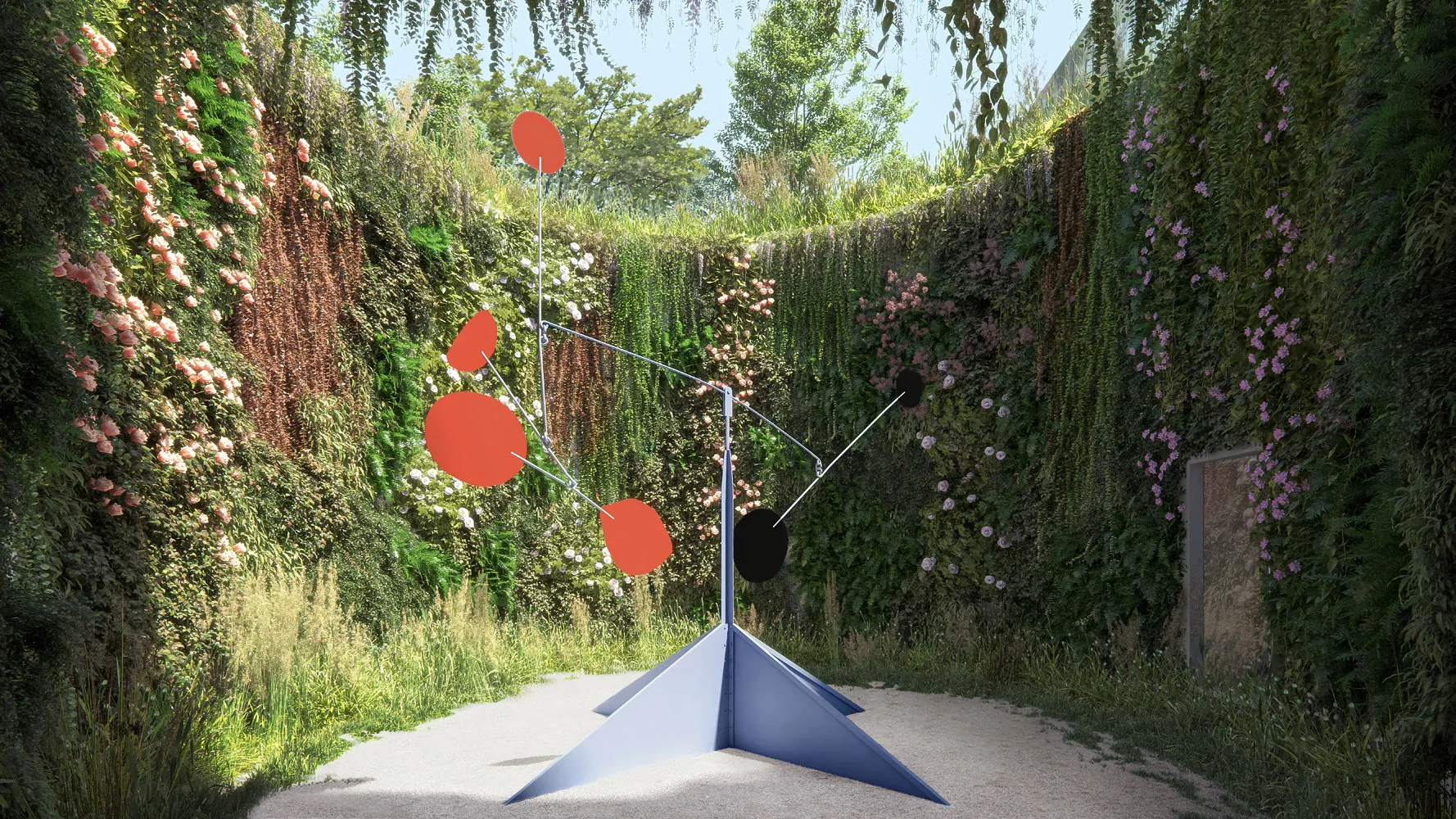
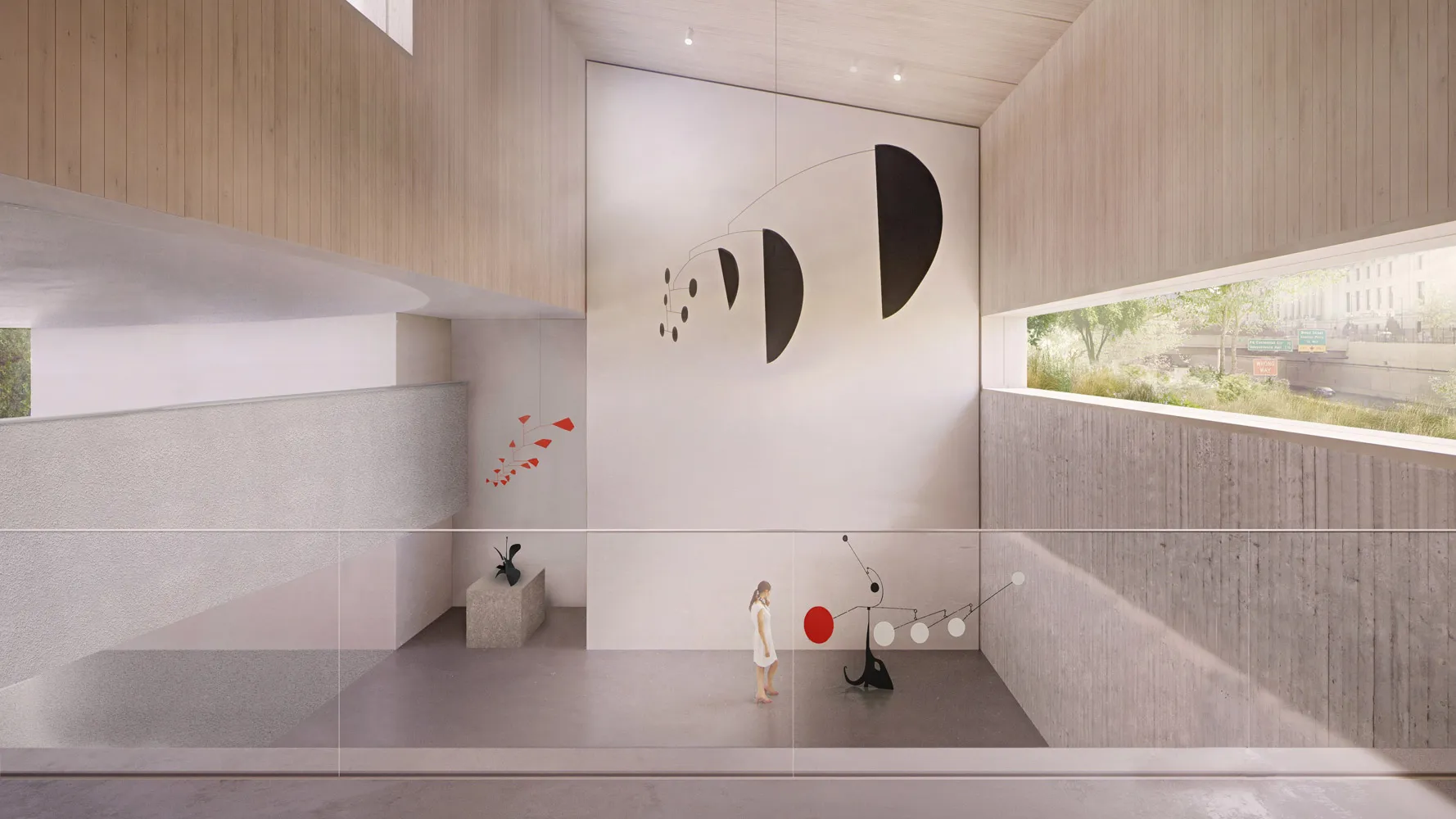

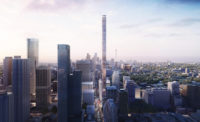
Post a comment to this article
Report Abusive Comment